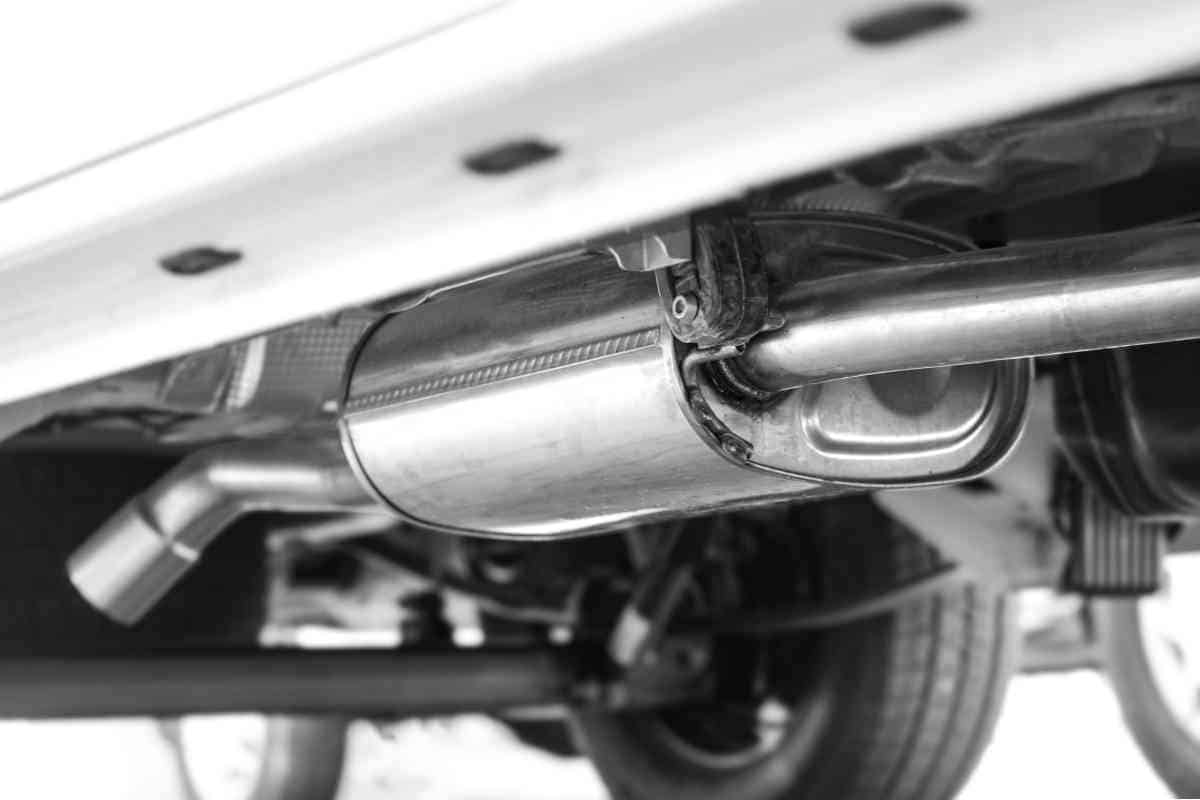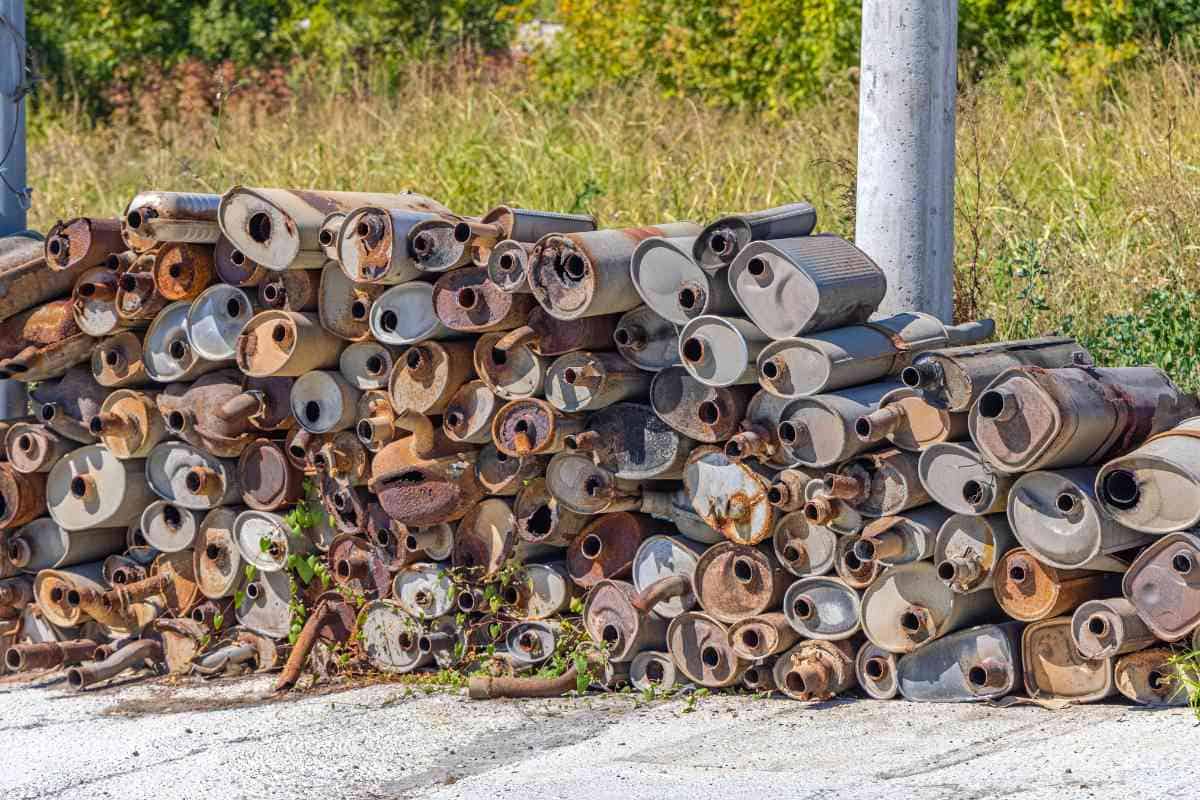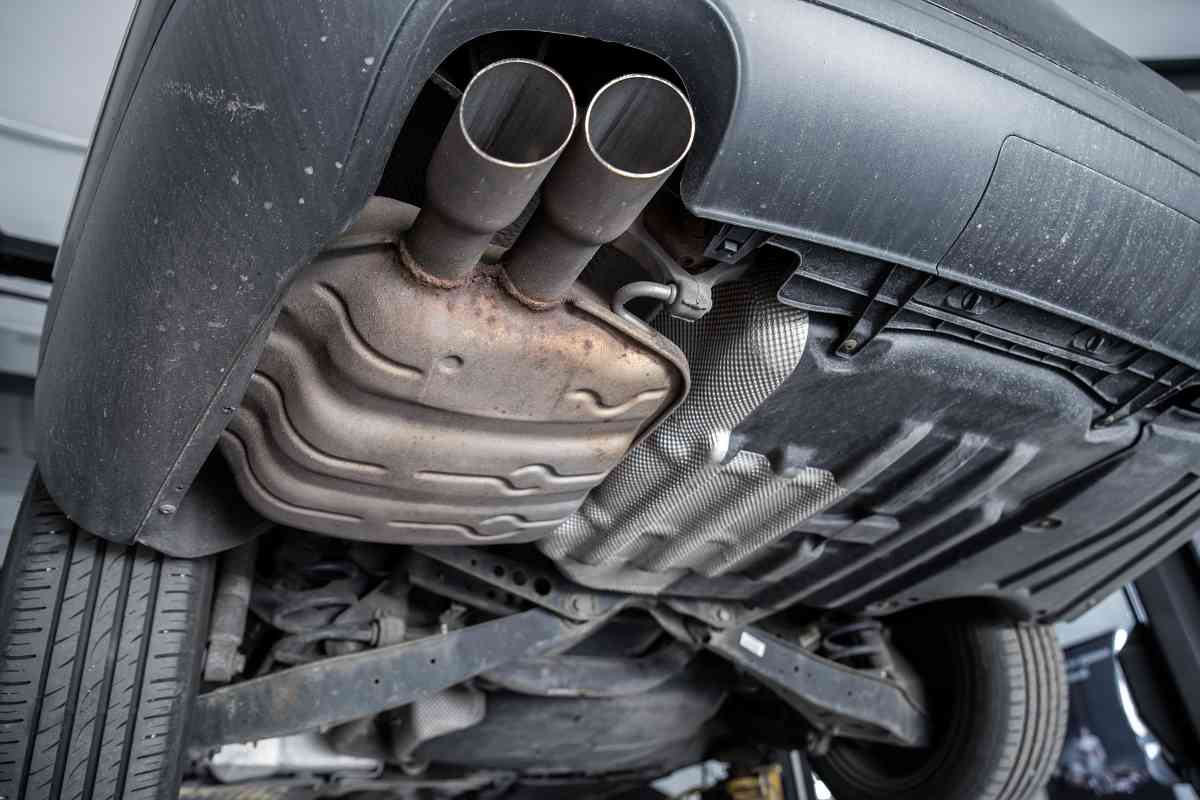Why Catalytic Converters Can’t Be Shipped to California: Understanding State Emissions Regulations
Have you ever wondered what keeps the air cleaner even with millions of vehicles on the road? Catalytic converters are the unsung heroes of our vehicle’s exhaust systems, playing a crucial role in reducing the pollutants released into the environment. However, the rules change a bit when it comes to California. Let’s explore why certain catalytic converters can’t be shipped to this state.

Related Post! How Many Miles Should A Catalytic Converter Last?
Why Can’t Catalytic Converters Be Shipped to California?
Catalytic converters can’t be shipped to California without CARB certification due to the state’s strict emissions regulations. Only converters that meet specific performance criteria to reduce pollutants are approved, ensuring that aftermarket parts comply with environmental standards to protect air quality.
California is known for its rigorous environmental regulations, particularly concerning air quality. The state’s strict anti-tampering laws and vehicle emission control requirements stem from a commitment to maintaining clean air.
The California Air Resources Board (CARB), a major regulatory body, enforces these rules by requiring that all catalytic converters meet stringent emissions standards. Only converters that have obtained an Executive Order (EO) from CARB can be legally sold or installed within the state. This certification ensures that the devices comply with specific performance criteria aimed at minimizing pollutants.
What Are Catalytic Converters?
A catalytic converter is an integral part of your vehicle’s exhaust system, designed to significantly reduce the emission of harmful gases. These devices function by transforming pollutants such as carbon monoxide, nitrogen oxides, and hydrocarbons into less harmful emissions like carbon dioxide, nitrogen, and water vapor.
This transformation occurs through catalysis, a process facilitated by precious metals like platinum, palladium, and rhodium, which act as catalysts. Typically located between the engine and the muffler, catalytic converters are engineered to last throughout the vehicle’s lifespan.

The Importance of Catalytic Converters
Why are these components vital? Catalytic converters play an essential role in mitigating environmental pollution and protecting public health. They directly influence the quality of air by converting noxious gases into harmless substances before they ever leave the vehicle’s exhaust system. The absence of catalytic converters would lead to a significant increase in air pollution, exacerbating health issues related to air quality, such as respiratory ailments and even cancer.
Moreover, these converters are crucial for vehicles to meet the emissions standards established by entities like the Environmental Protection Agency (EPA). Meeting these standards is not just about compliance; it’s about contributing to a sustainable future where transportation does not come at the expense of our planet’s health.
Related Post! Why Is My Catalytic Converter Glowing Red?
How Do Catalytic Converters Work?
Catalytic converters are vital for reducing vehicle emissions by transforming harmful pollutants into less hazardous substances before they escape into the atmosphere. But the laws governing their use, especially in California, can be quite stringent. Let’s delve deeper into how catalytic converters function and why certain restrictions apply specifically in California.
A catalytic converter is more than just a component; it’s a pivotal part of a vehicle’s exhaust system designed to clean up emissions efficiently. It houses two main types of catalysts:
- Reduction Catalyst: This catalyst targets nitrogen oxide (NOx) emissions, converting them into nitrogen and oxygen—harmless gases.
- Oxidation Catalyst: This catalyst transforms carbon monoxide (CO) and unburned hydrocarbons (HC) into carbon dioxide (CO2) and water vapor (H2O).
These converters are built with a core made of ceramic or metallic material, coated thinly with catalysts such as platinum, palladium, or rhodium. As exhaust gases pass through, these materials catalyze chemical reactions that break down pollutants.
Although designed to last a vehicle’s lifetime, catalytic converters can degrade or clog due to factors like extreme temperatures or contamination from oil or coolant. When this happens, replacing the converter is crucial to maintaining the vehicle’s compliance with emission standards.

Why California’s Rules Are Unique
Related Post! Can You Use Brake Cleaner To Clean A Catalytic Converter?
California, known for its proactive environmental policies, has implemented stringent regulations enforced by the California Air Resources Board (CARB) and Air Resources Board (ARB). These bodies ensure that all vehicles meet high emission standards, a major reason why certain aftermarket catalytic converters cannot be sold or installed in the state.
Aftermarket converters must undergo rigorous testing and obtain a CARB certification that verifies they meet the specific emissions criteria. This process can be both costly and complex, discouraging many manufacturers from entering the California market.
The Consequences of Non-Compliance
The penalties for installing non-compliant catalytic converters in California are severe. Offenders can face fines up to $5,000 per violation. For example, if a vehicle has two non-compliant converters, the fines can reach up to $10,000. Furthermore, vehicles with illegal converters will fail emissions testing, which can hinder their registration or sale within the state.
Beyond legal repercussions, using substandard or illegal converters can adversely affect the environment and vehicle performance. Ineffective converters allow more pollutants to be released, harming air quality and public health. They can also lead to poor vehicle performance and decreased fuel efficiency.

How Can I Legally Replace My Catalytic Converter In California
Related Post! Are Catalytic Converters Interchangeable?
In California, replacing a catalytic converter isn’t just a matter of purchasing a new part—there are specific legal requirements that must be met to comply with the state’s stringent emission controls. This guide outlines the steps for legally replacing a catalytic converter in California and provides tips on how to protect it from theft.
- Verify Legal Compliance: Before purchasing a replacement catalytic converter, check that it is CARB-compliant. The California Air Resources Board (CARB) provides a list of aftermarket converters approved for use in the state. Ensure the part number, model year, engine size, and test group/engine family designation match your vehicle’s specifications.
- Professional Installation: Installation must be done by a licensed professional following California Vehicle Code Section 27156. This includes using proper tools and adhering to the manufacturer’s installation guidelines to ensure compliance with emission standards.
- Emissions Testing: Post-installation, the catalytic converter undergoes evaluation to confirm it meets California’s emission standards. This includes rapid aging tests and furnace-based incremental aging procedures. The converter must also bear a label with the CARB Executive Order number, manufacturer’s name, and manufacture date.
- Documentation: Keep all related documentation, such as the warranty registration card and installation invoice, for future reference. This is particularly important for non-OBD II vehicles or if the converter isn’t CARB-certified, as additional testing may be required.

Protecting Your Catalytic Converter from Theft:
Catalytic converter theft is rampant due to the high value of the precious metals they contain. Here are effective strategies to protect your converter:
- Secure Parking: Park in well-lit, high-traffic areas or secure garages to deter theft. Visibility is a strong deterrent against thieves.
- Anti-Theft Devices: Invest in catalytic converter protection devices, such as cages or shields, which make theft more difficult and time-consuming.
- VIN Engraving: Have your vehicle identification number (VIN) engraved on the catalytic converter. This helps police track and identify stolen parts.
- Documentation: Maintain detailed records, including repair invoices and warranty information, which can aid in recovery and insurance claims if theft occurs.
Related Post! Can An Oil Change Affect Your Catalytic Converter?
Conclusion:
Navigating the complexities of catalytic converter replacement in California requires understanding and adhering to specific regulations designed to maintain high air quality standards. While these rules might seem restrictive, they are essential for protecting both public health and the environment. Simultaneously, taking proactive measures to secure your catalytic converter can save you from potential theft and associated costs. By following these guidelines, California vehicle owners can contribute to the state’s environmental goals while safeguarding their property.
